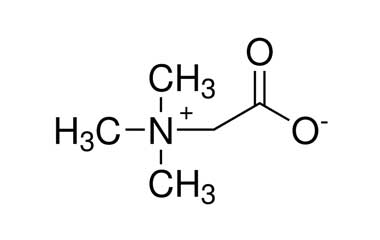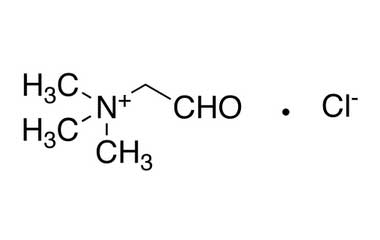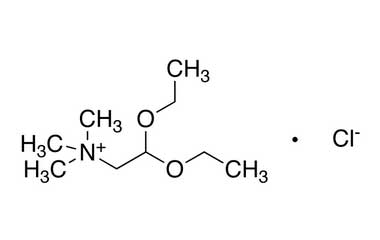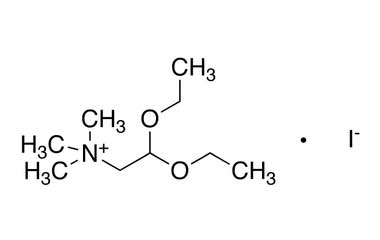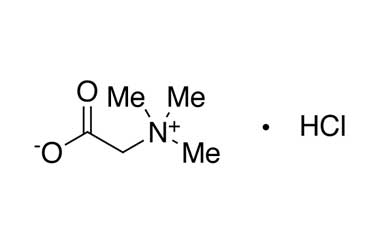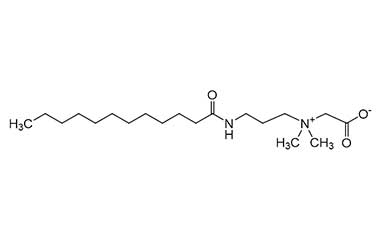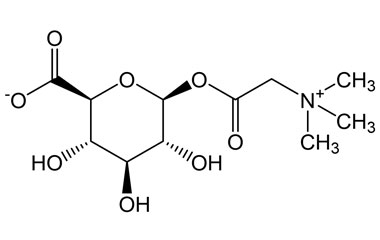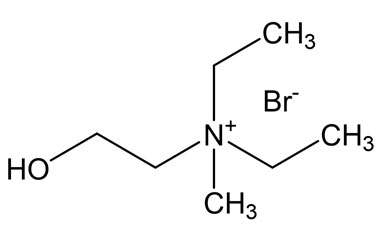betaine and its Impurities
Betaine is found in microorganisms, plants, and animals and is a significant component of many foods including wheat, shellfish, spinach, and sugar beets. It is has been used as a dietary feed supplement in animal nutrition for 50 y, and this use has provided useful insights into human nutrition.. Reference standards of Betaine API, and its pharmacopeial, non pharmacopeial impurities, and stable isotopes are listed below


